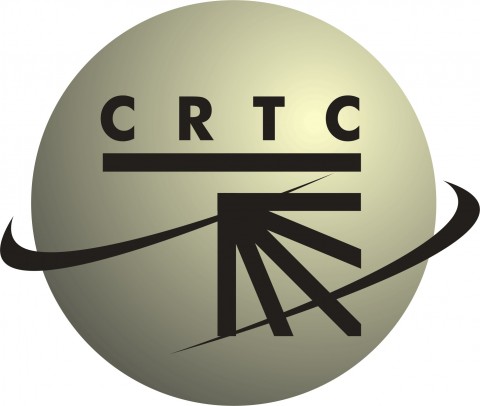
OTTAWA — The CRTC has denied Bell Media’s application to allow its CKKW-FM radio station in Kitchener, Ont., to increase its analogue power to overcome interference from a US border radio station in Buffalo, NY.
In January 2018, Bell Media had requested that CKKW-FM Kitchener be allowed to increase its signal strength from an average effective radiated power (ERP) of 1,700 watts to 11,800 watts (maximum ERP from 4,300 to 37,500 watts) as well as increase its antenna height by almost a metre. The technical reason for Bell’s request was that CKKW-FM was experiencing signal interference from both the HD Radio and analogue radio signals of WDCX-FM Buffalo, which operates on the same 99.5 MHz frequency.
In its Broadcasting Decision 2018-273, issued on August 3, the CRTC denied Bell’s application, saying Bell had failed to demonstrate a compelling technical need for the technical change. Bell had argued in its application that thermal ducting was causing CKKW-FM to experience the signal interference from WDCX-FM Buffalo.
In its decision, the CRTC included a footnote describing thermal ducting as “atmospheric conditions that cause variations in the propagation of signals through layers of warm and cold air over a large body of water. These layers can trap radio signals and conduct them over long distances, causing high signal levels at distances beyond the normal range of reception.”
The CRTC pointed out that Bell Media claimed CKKW-FM was experiencing two types of interference from WDCX-FM, namely its HD Radio signal and analogue radio signal.
To support its claim regarding HD Radio interference, Bell Media submitted a complaint from a listener receiving WDCX-FM’s HD signal. However, given the fact that CKKW-FM was not yet offering HD Radio service at the time of Bell Media’s application, it was possible that the listener’s HD Radio receiver was able to pick up WDCX-FM’s HD signal in CKKW-FM’s service area, the Commission said. The CRTC went on to say in its decision that an increase in CKKW-FM’s analogue signal would not likely provide any relief from HD Radio interference. Furthermore, CKKW-FM has indicated it is experimenting with HD Radio service itself, and once this becomes operational, CKKW-FM’s HD Radio signal should be able to overcome the interference from WDCX-FM’s HD Radio signal within its service area, the CRTC concluded.
With regard to analogue interference, Bell Media submitted three complaints from listeners and two audio recordings describing the reception problems and a signal deficiency report to demonstrate increased interference due to thermal ducting. In its analysis of the listener complaints and audio recordings, the CRTC determined that most of the reception issues occurred outside or at the edge of CKKW-FM’s secondary contour service area and consequently beyond the area the station is licensed to serve.
In addition, the CRTC said the Department of Innovation, Science and Economic Development (ISED) has yet to establish a propagation model for predicting increased interference due to thermal ducting. And furthermore, the signal deficiency report submitted by Bell Media was based on a study regarding the effects of thermal ducting over the English Channel, which could significantly differ from the effects of thermal ducting on radio signals passing over Lake Erie between Buffalo and Kitchener, the CRTC reasoned in its decision.
As such, the CRTC said it was denying Bell Media’s application because it had not demonstrated a compelling technical need for CKKW-FM to increase its signal strength.



